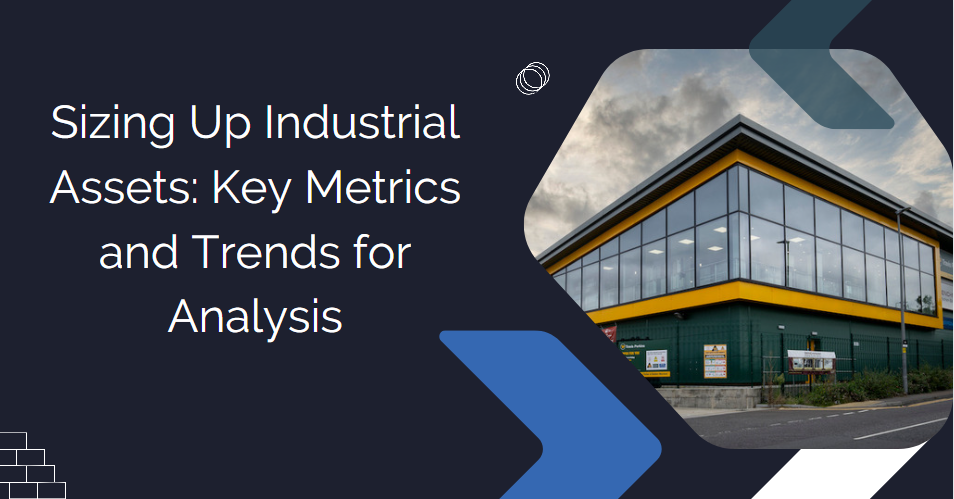When evaluating industrial real estate deals, informed investment requires a multifaceted analysis. Here are key metrics and trends for assessing risk, return potential, and market alignment.
Crunching the Numbers
- Rental rates - Assess against market averages and growth trajectories. Factor in concessions.
- Vacancy rates - How do they compare to submarket and metro area benchmarks?
- Net operating income - Critical for capitalization rate analysis. Scrutinize expenses.
- Tenant profile - Credit quality, lease terms, rollover schedule. Red flags?
Location Drivers
- Labor pool - Proximity to skilled talent key for occupancy. Analyze demographics.
- Transportation infrastructure: Access to highways, rail, air and port facilities a must.
- Supply chain shifts - Emerging logistics routes influence leasing demand.
- Incentives - Tax breaks or development grants can impact returns.
Property Condition
- Building age and maintenance needs - Major capex ahead? Evaluate carefully.
- Configuration - Clear heights, truck courts, loading docks adequate?
- Expansion potential - Available excess land for additions? Limitations or challenges in modifying/expanding the existing structure?
- Sustainability - Energy efficiency scores impact costs.
Market Trends
- Absorption and deliveries - High quantity of new construction signals caution.
- Rent growth - Accelerating or stagnating? Markets peak and cool.
- Investment activity - High transaction volume flags strong investor demand.
- Tenant preferences - Modernization needs driven by occupant expectations.
Shrewd industrial investment requires digging into data from all angles. Analyzing key metrics and trends provides the clarity needed to size up risk, returns, and growth potential ahead. Information is power when navigating deals. Do your homework.


